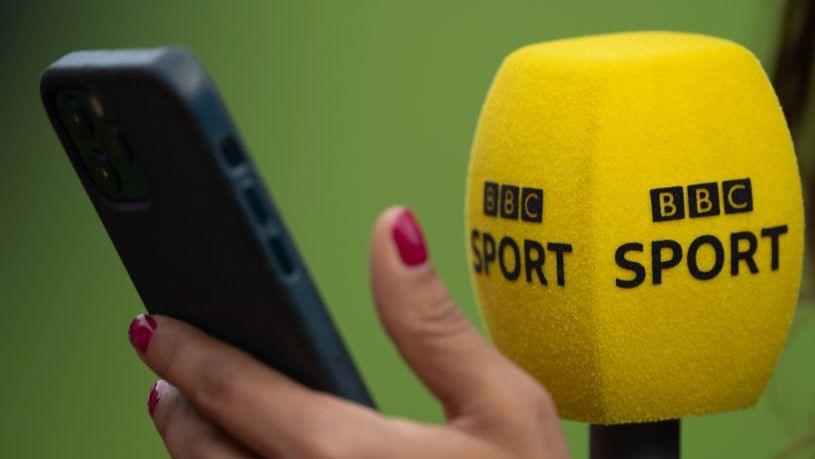'I love this game to the death of me' - why Tagovailoa returned
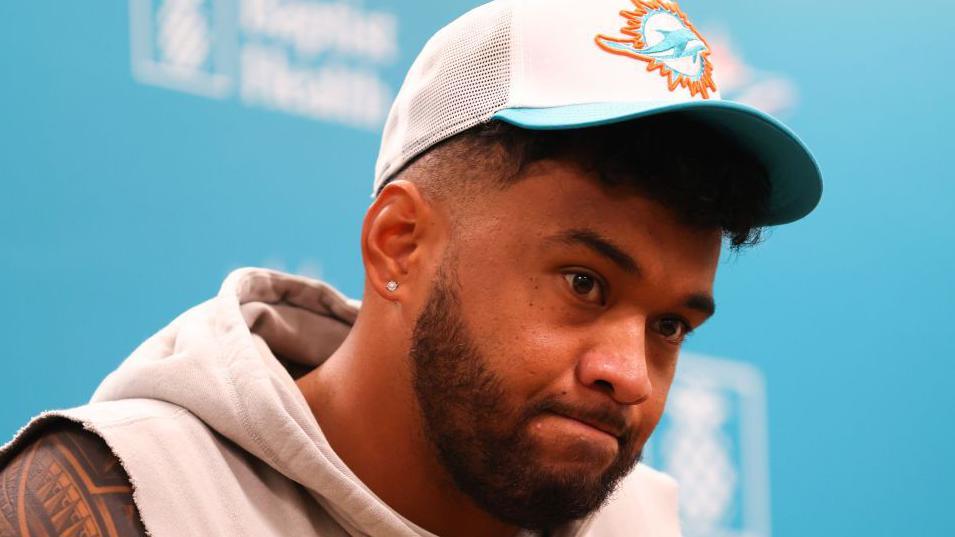
Tua Tagovailoa led the NFL for passing yards last season
- Published
Tua Tagovailoa is set to return to NFL action this weekend after recovering from his latest concussion.
Six weeks ago the Miami Dolphins quarterback suffered his third concussion in less than two years - and fourth overall, including his college career.
Many pundits and ex-players called for the 26-year-old from Hawaii to retire. Some even said the NFL should take the decision out of his hands.
BBC Sport looks at why Tagovailoa has chosen to keep playing and Dr Allen Sills, the NFL's chief medical officer, explains the league's stance.
Will Tagovailoa return to play against the Cardinals?
After last month's concussion Tagovailoa was immediately put on Miami’s injured reserve list (IR), meaning he must miss a minimum of four games.
Having done so, he returned to practice on Wednesday and has cleared the final step of the NFL's concussion protocol - a session involving contact - so he can play in Sunday’s home game with the Arizona Cardinals (17:00 GMT).
During his absence Tagovailoa consulted medical experts across the US. He said that, after two concussions in 2022, he considered retiring, external following discussions with his wife and family.
On Monday he told reporters that this time "no-one's [medical] advice affected anything that I thought in terms of returning" and he "had some conversations with my wife but that was it".
What is the NFL's concussion protocol?
The concussion protocol is a means of assessing players after they appear to show concussion symptoms.
It involves a series of neurological checks, conducted by a team physician and an independent neurological consultant.
During a game, it is known as a 'game day checklist', and players must clear each step to return to the field.
Outside of games, players must clear a five-step 'return-to-participation protocol', which Tagovailoa has been following this week.
How many concussions are too many?
Tagovailoa has already had four concussions and previous studies suggest that three can have a lasting impact. However, there is no definitive data.
Writing for the NFL website in 2015,, external a neuropsychologist said that experts simply "don't know" how many concussions are too many, and that remains the case.
"No-one has an absolute answer," says Dr Sills. "It doesn’t just depend on the number of concussions but the severity, the time between those injuries, the age of the athlete, and their overall condition."
What questions does NFL face after latest concussion?
- Published15 September 2024
'Take care of your brain' - Holloway on Tagovailoa
- Published23 October 2024
Will the NFL make players retire?
The NFL and the players’ union (NFLPA) manage the concussion protocol to ensure players have fully recovered before returning to action.
They also ensure they have access to the best care and advice but, as with potentially setting a concussion limit, predicting the risk of future injury is problematic.
"Again, we're really handicapped by the limitations of medicine," says Dr Sills. "We give patients our best guess, but that's what it is - an estimation.
"The ultimate decision has to rest with the patient, their family and their advisors, based on their understanding of the risk and risk tolerance.
"That's something that different players answer differently, particularly at different stages of their career."
That approach mirrors general medical practice, and a players' right to continue their career is something the NFL and NFLPA is "deeply committed to".
"It's a very personal decision," adds Dr Sills. "We try to give patients all the facts and relevant information, then we have to respect the decision they make.
"That's patient autonomy and I think that's what any of us would want if we were the patient."
Will Tagovailoa wear a Guardian Cap?
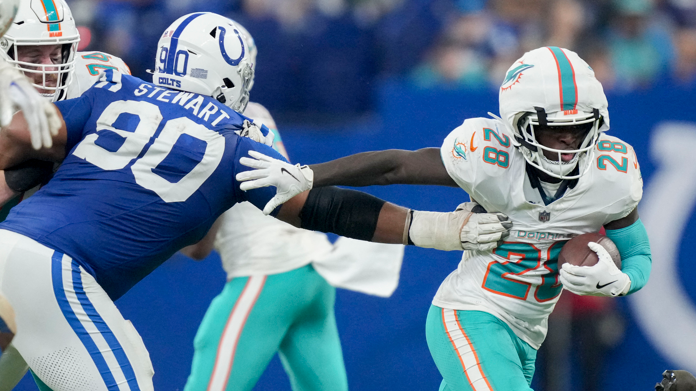
Tagovailoa's team-mate De'Von Achane has worn a Guardian Cap this season
The NFL acknowledged for the first time in 2016 that football-related head trauma can lead to chronic traumatic encephalopathy (CTE).
Several high-profile cases have raised awareness in British sport and during the latest series of games in London, the NFL convened a meeting with the likes of the Football Association and the Rugby Football Union to share data and research which has helped improve players' health and safety.
This season the NFL has changed its kick-off rules and, for the first time, players are allowed to wear Guardian Caps – padded, soft shell covers which fit over a player's helmet and reduce the force of head collisions.
They have been mandated for use in pre-season practice since 2022 and this year the number of concussions dropped to its lowest level - by 31% from 26 to 18.
None of the nine players to wear them so far during games are quarterbacks and Tagovailoa said he won't wear one, because of "personal choice".
The NFL tests helmets each year, with position-specific models now available as head impacts are different for players in different positions.
Tagovailoa, who signed a four-year deal worth $212m (£161m) in July, has been wearing the top-ranked quarterback-specific helmet and told reporters on Monday he is "willing to play the odds".
He added: "How much risk do we take when we get up in the morning and drive to work? There's just risk in any and everything.
"I love this game and I love it to the death of me. That's it."
Related topics
- Published24 October 2024
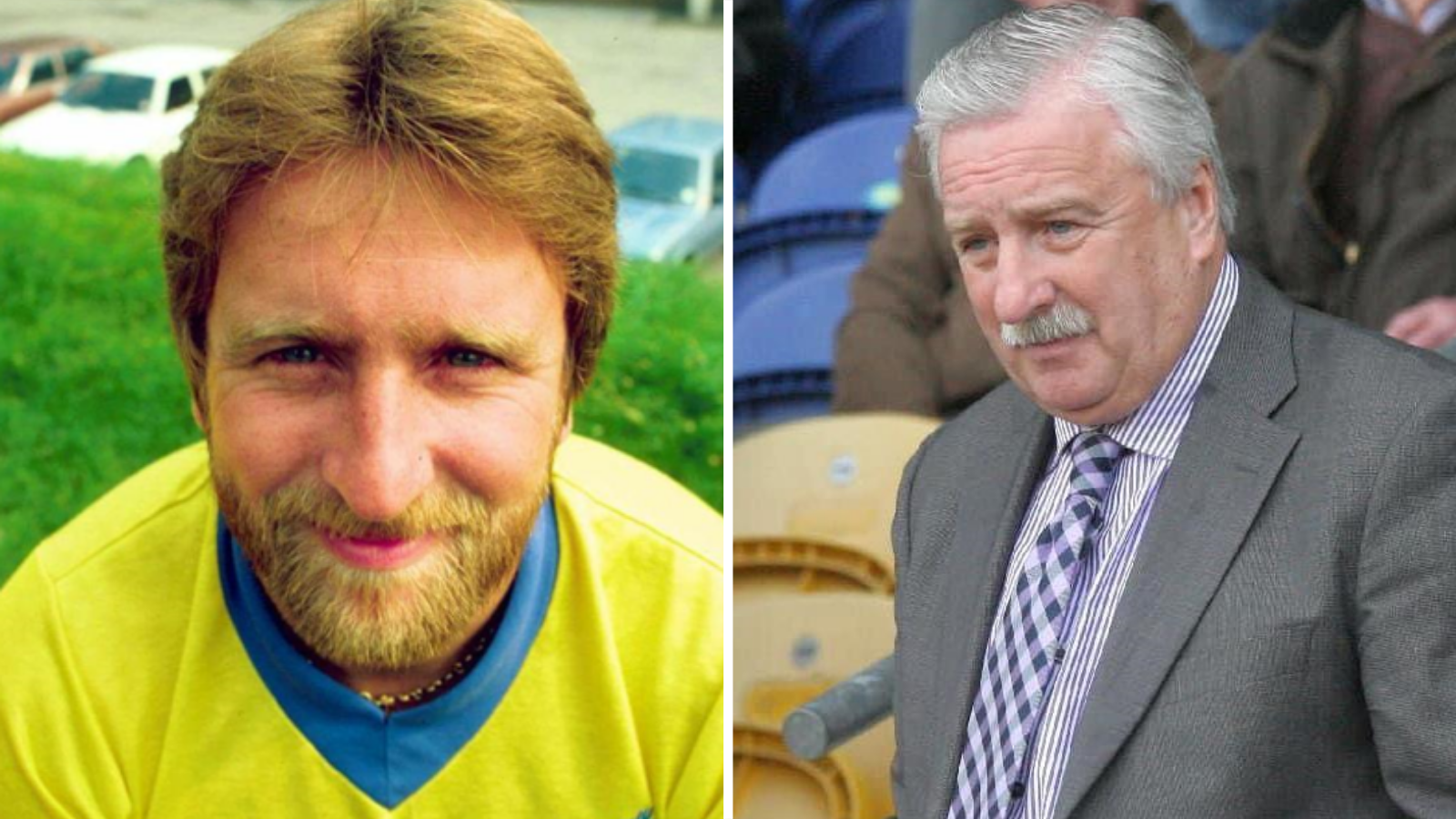
- Attribution
- Published24 October 2023
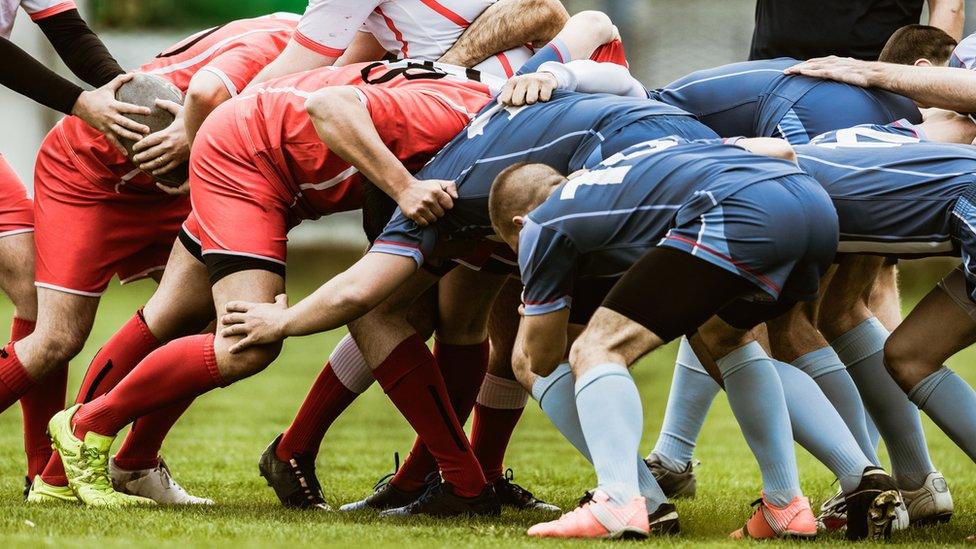
- Published16 August
